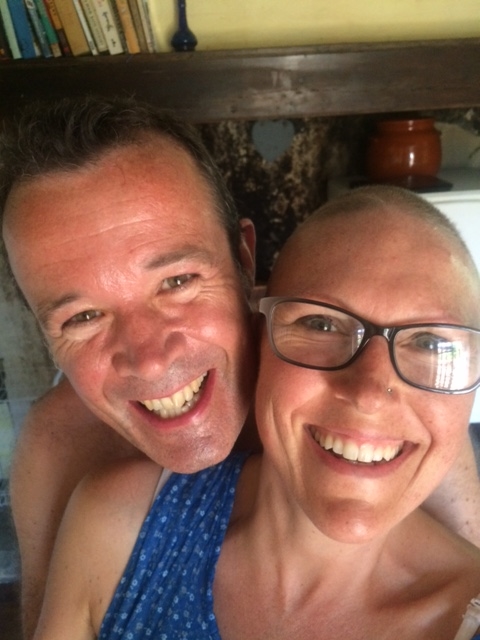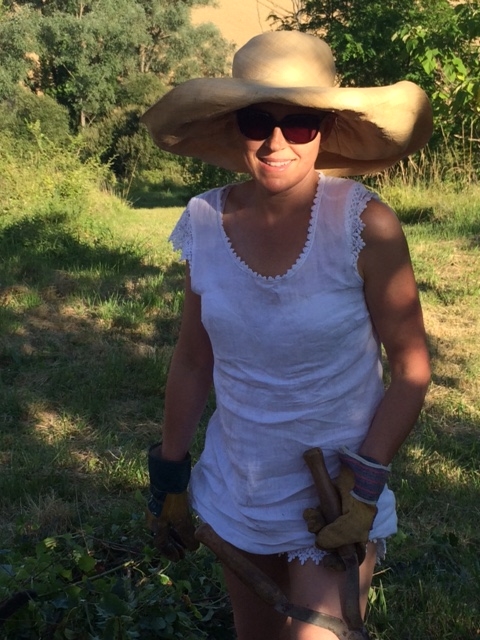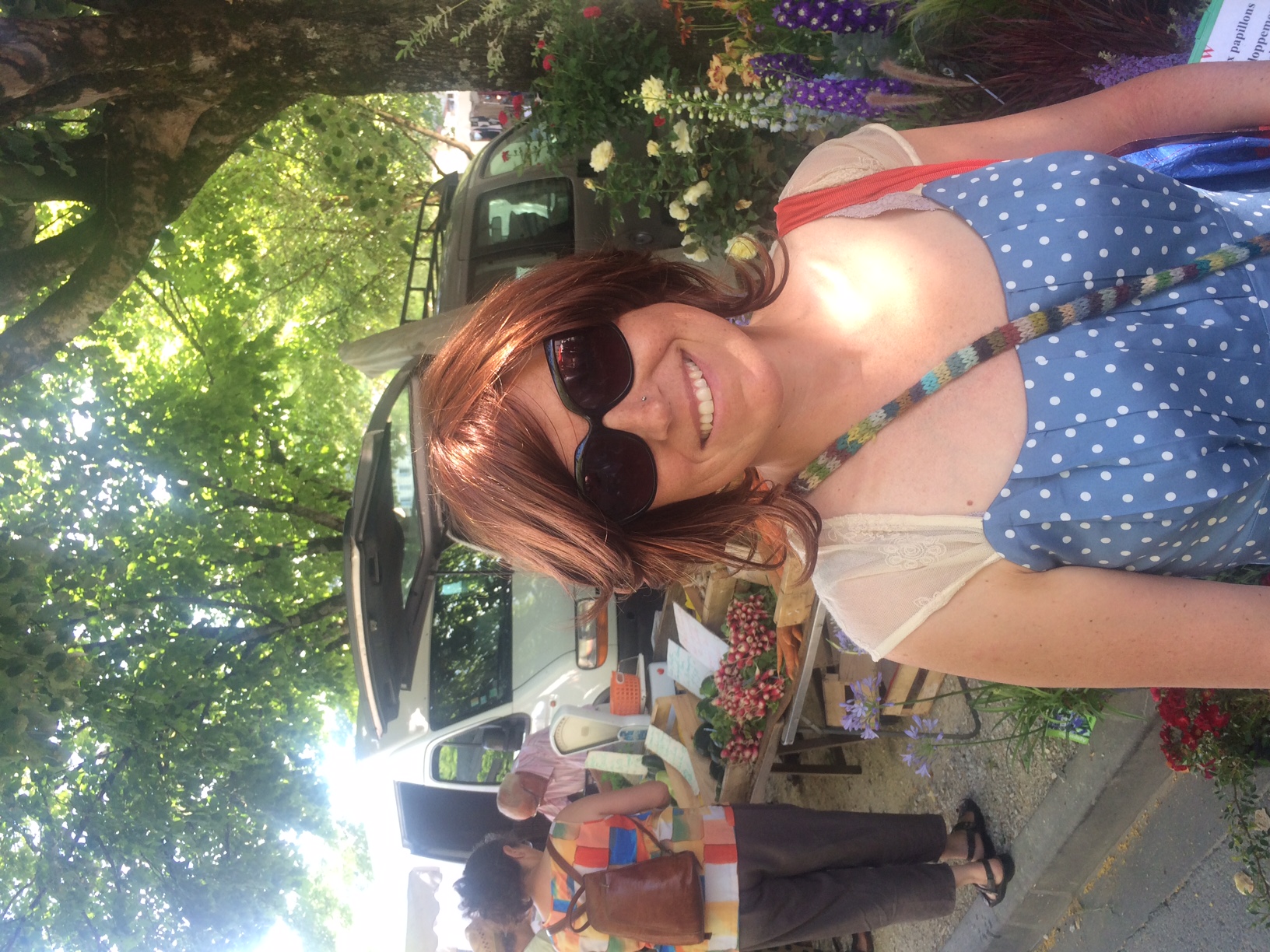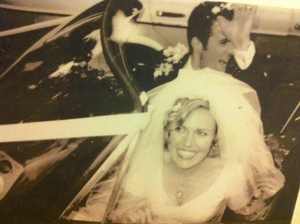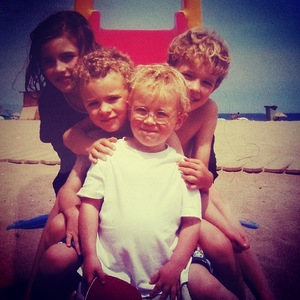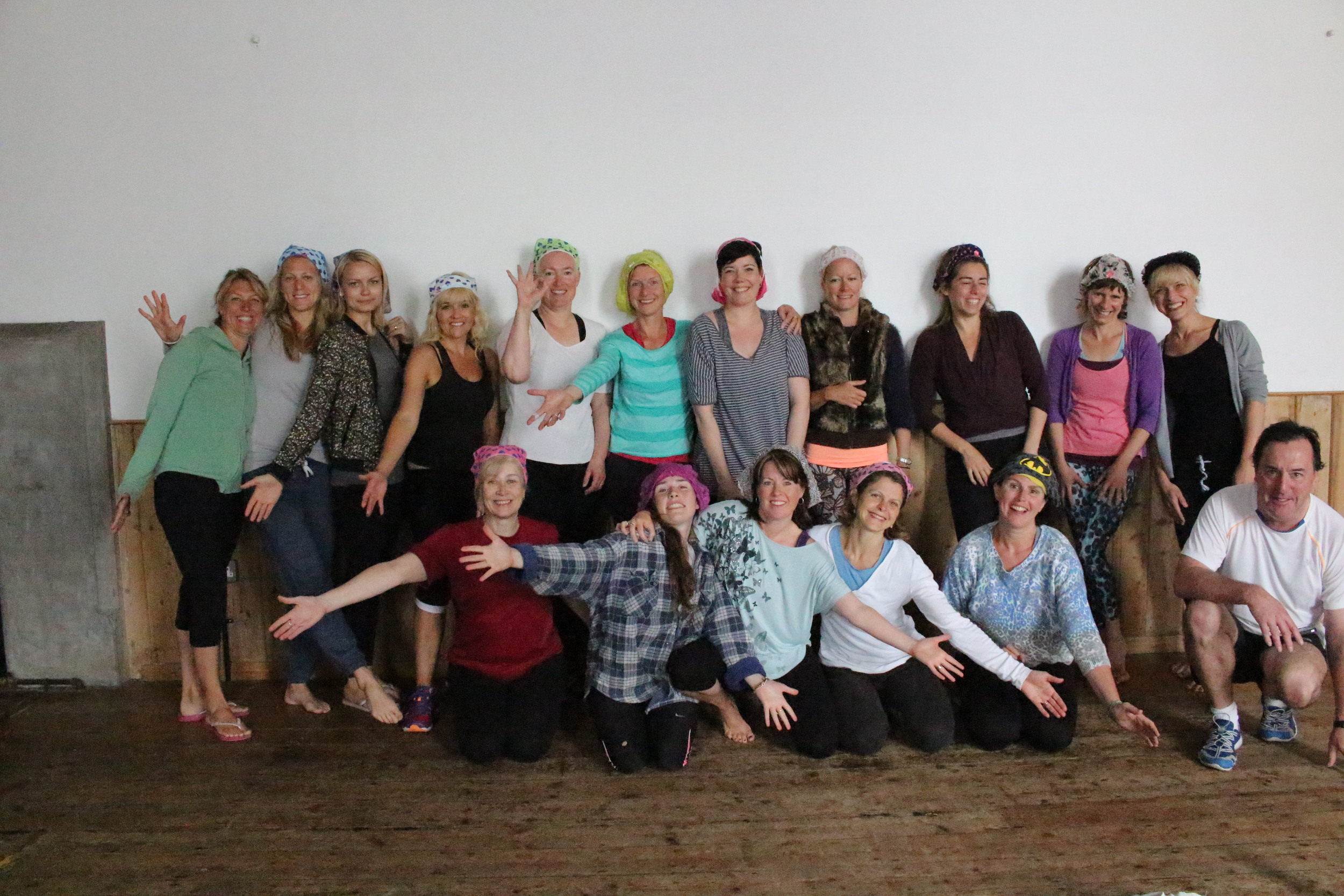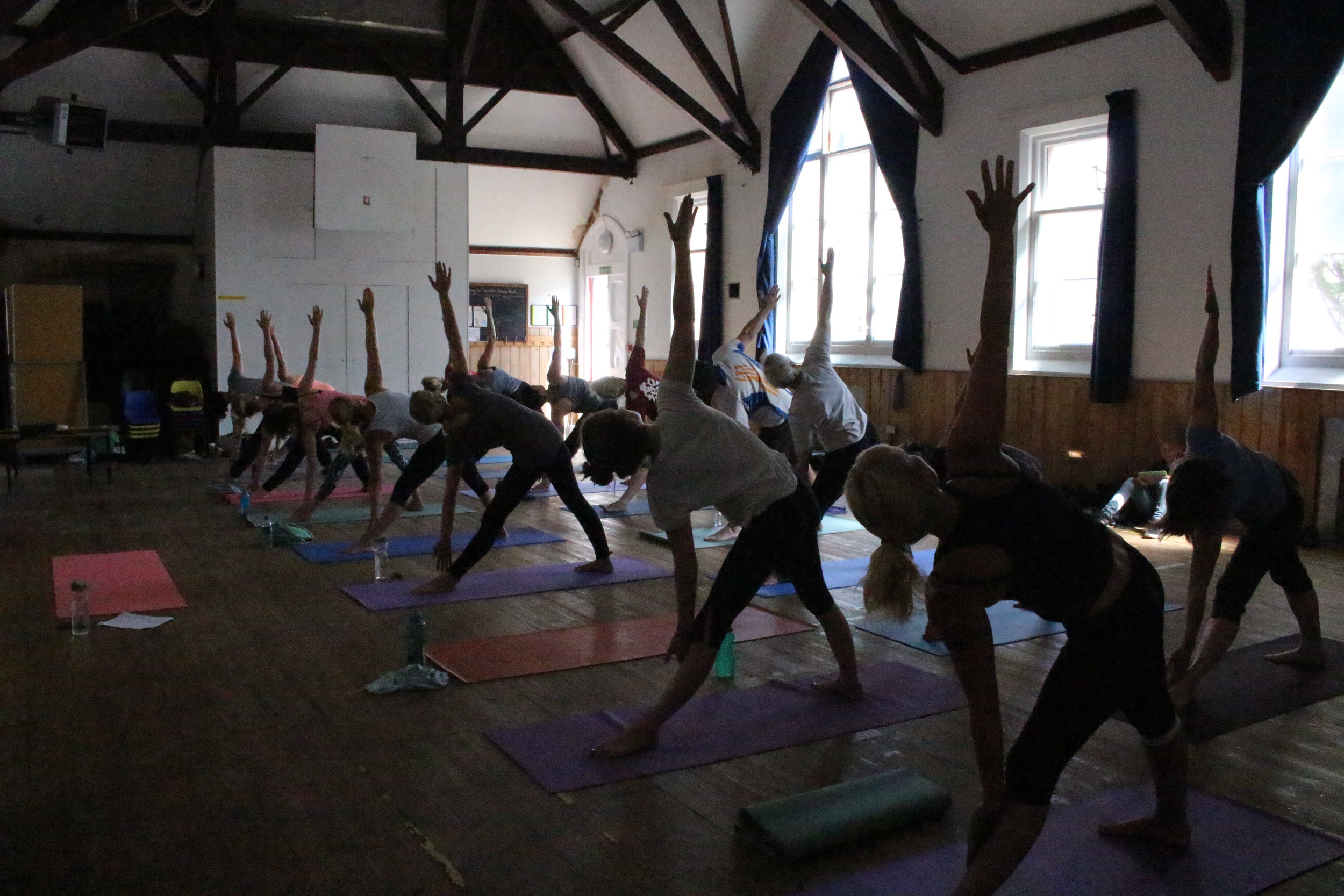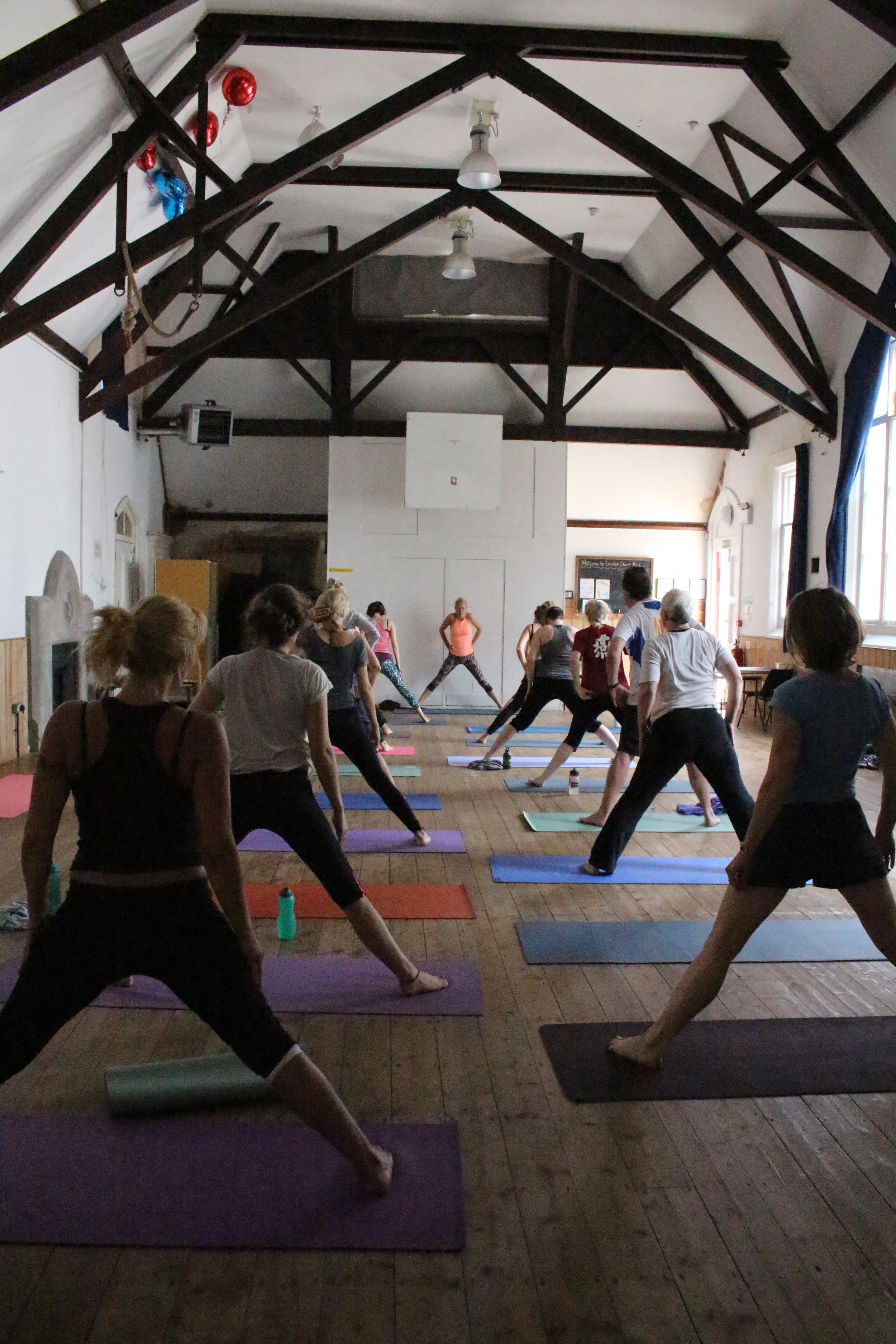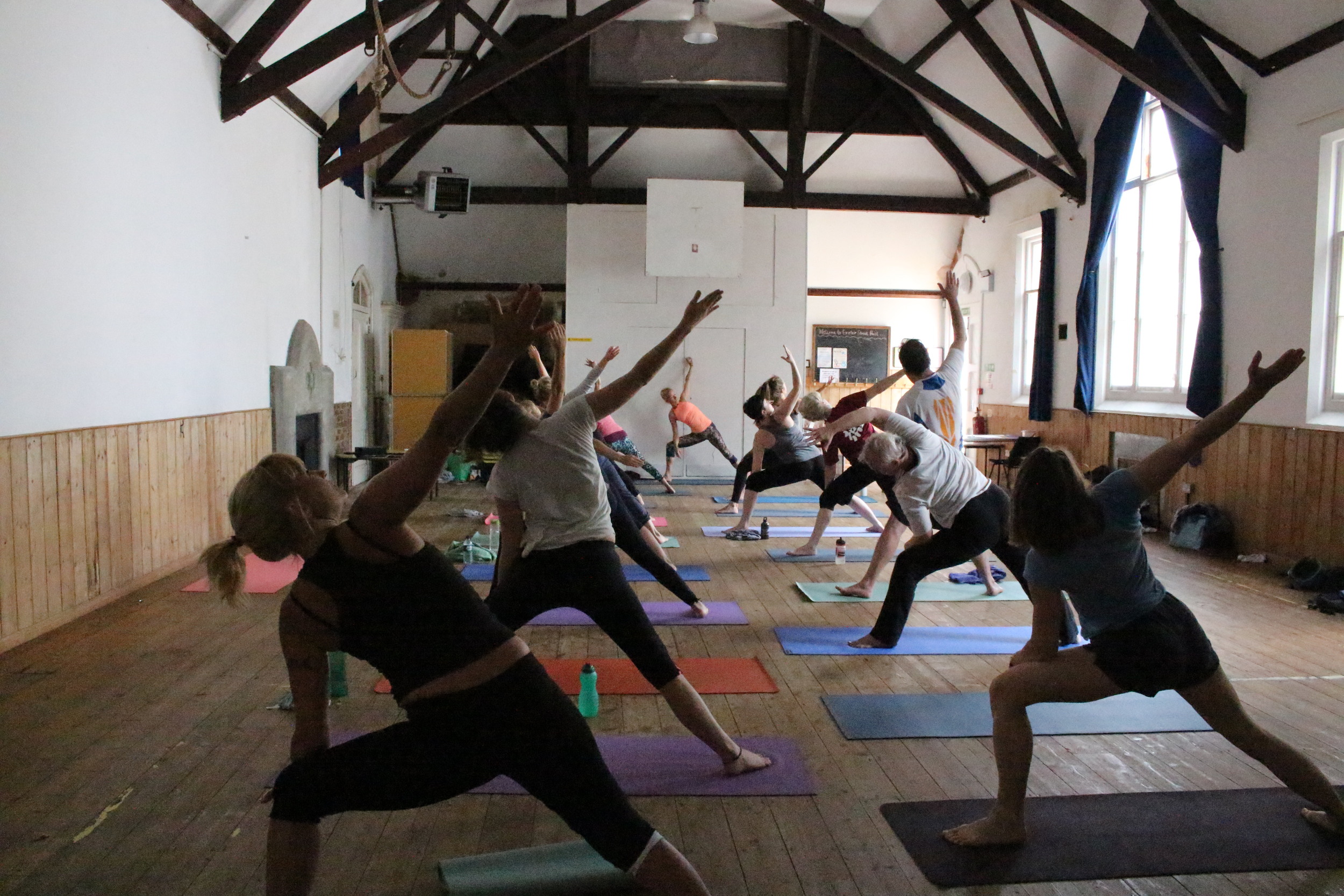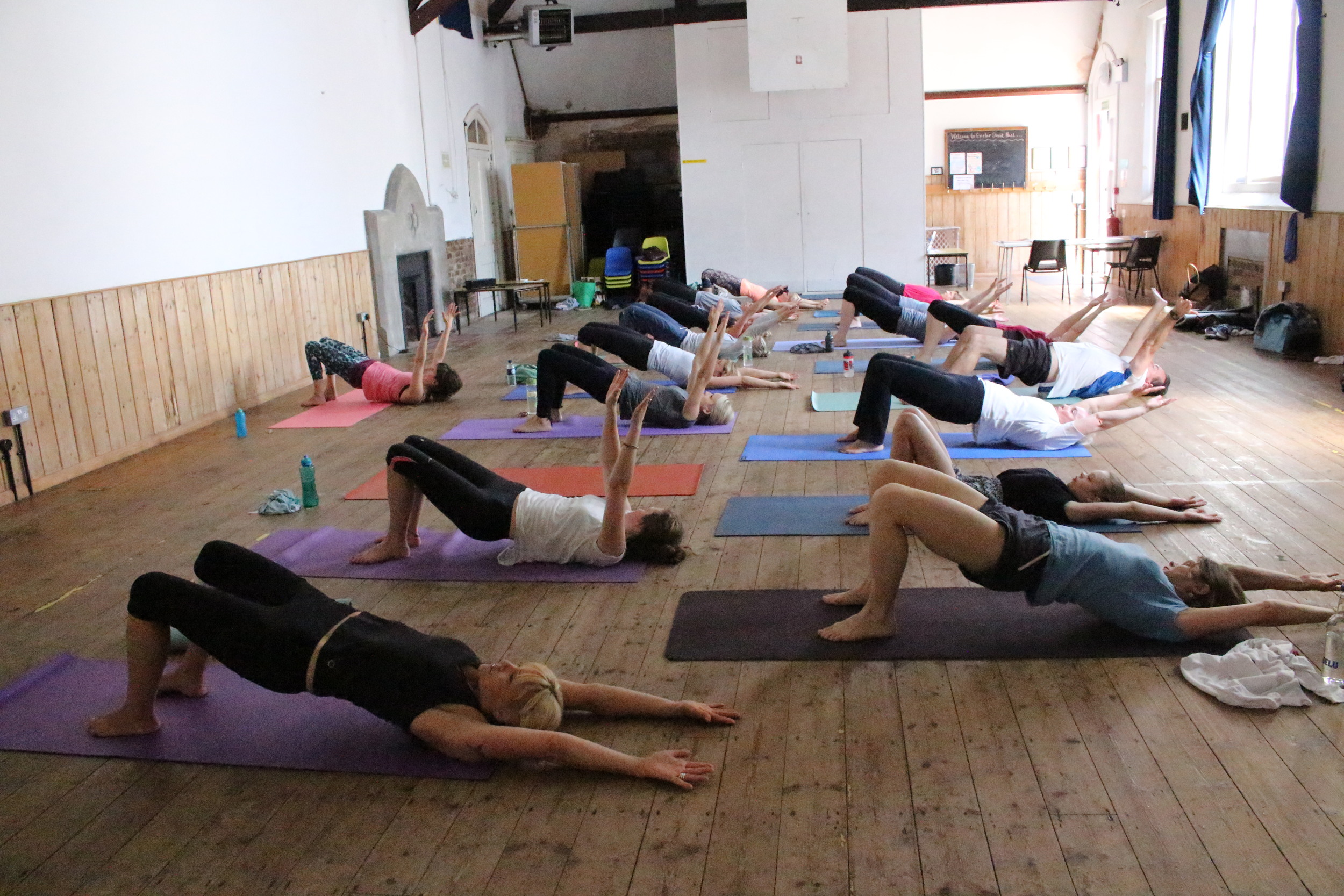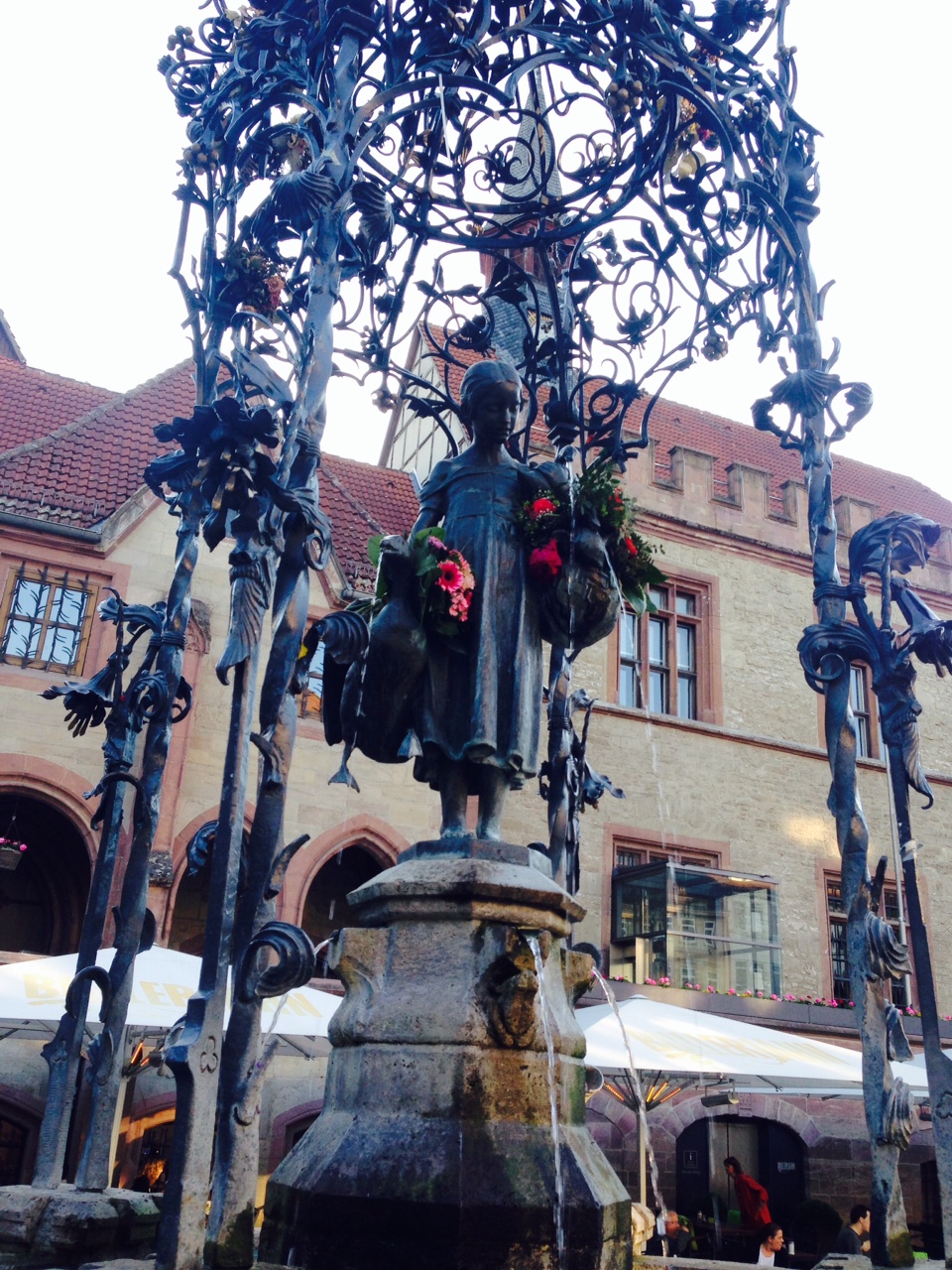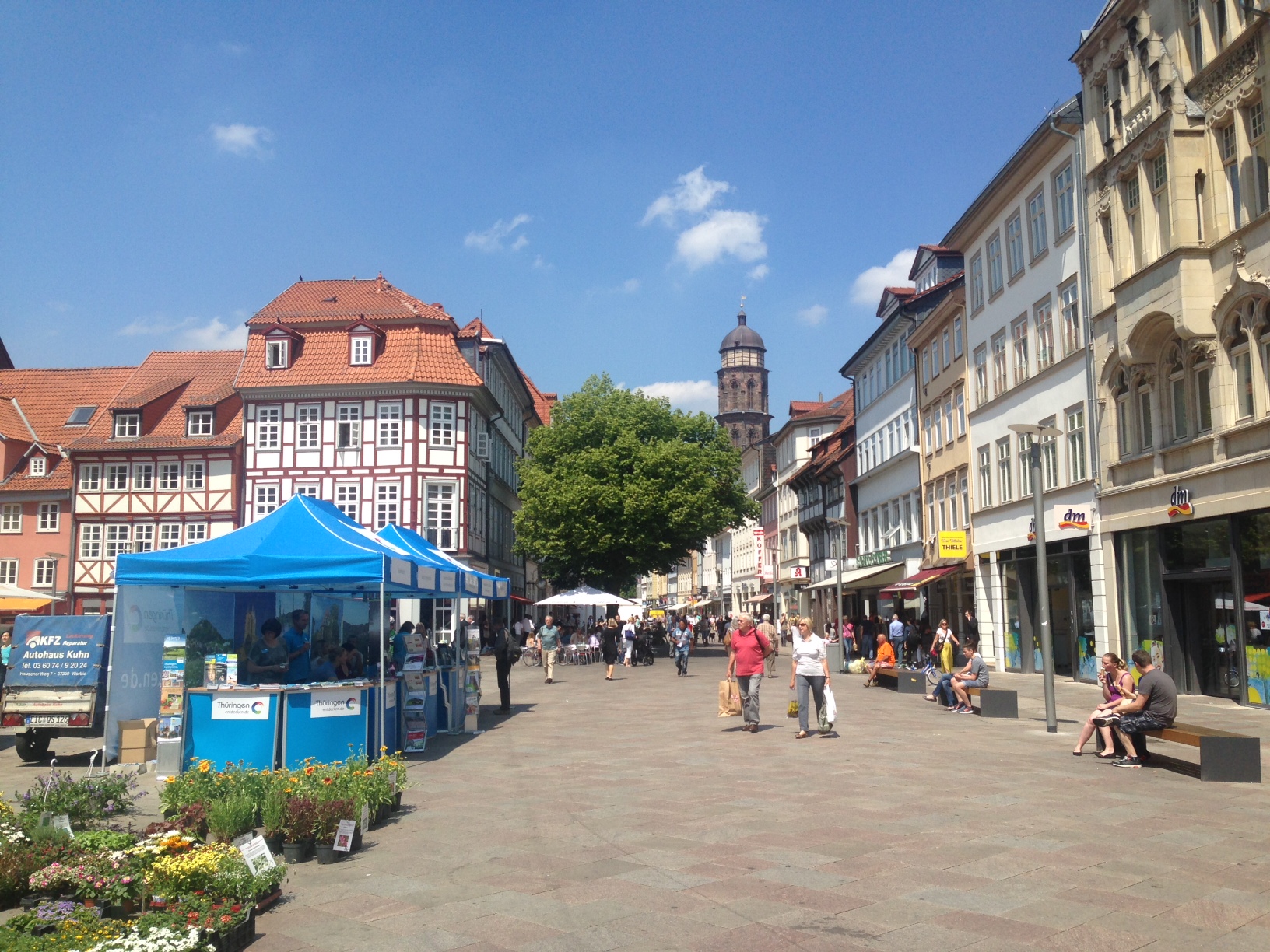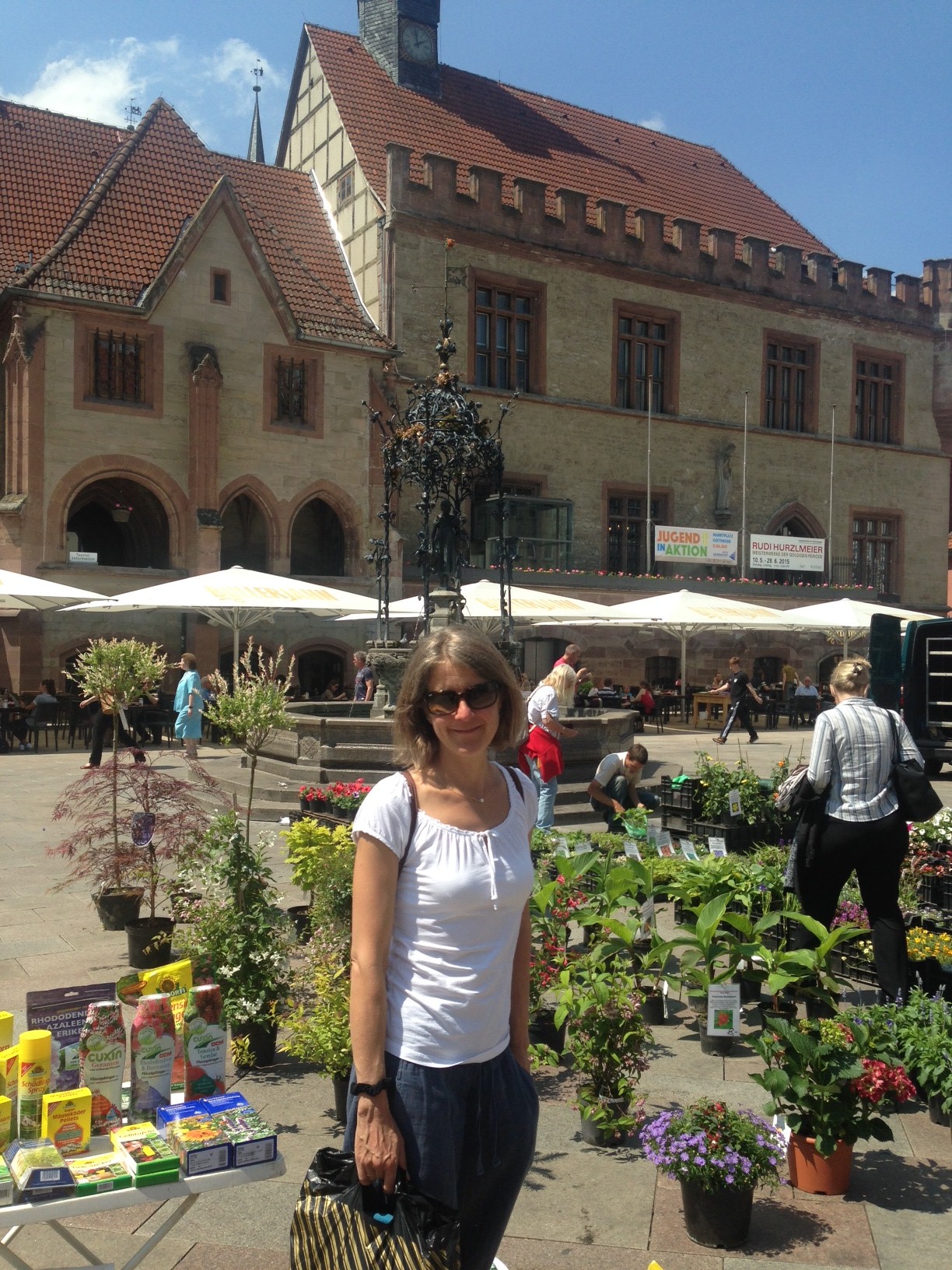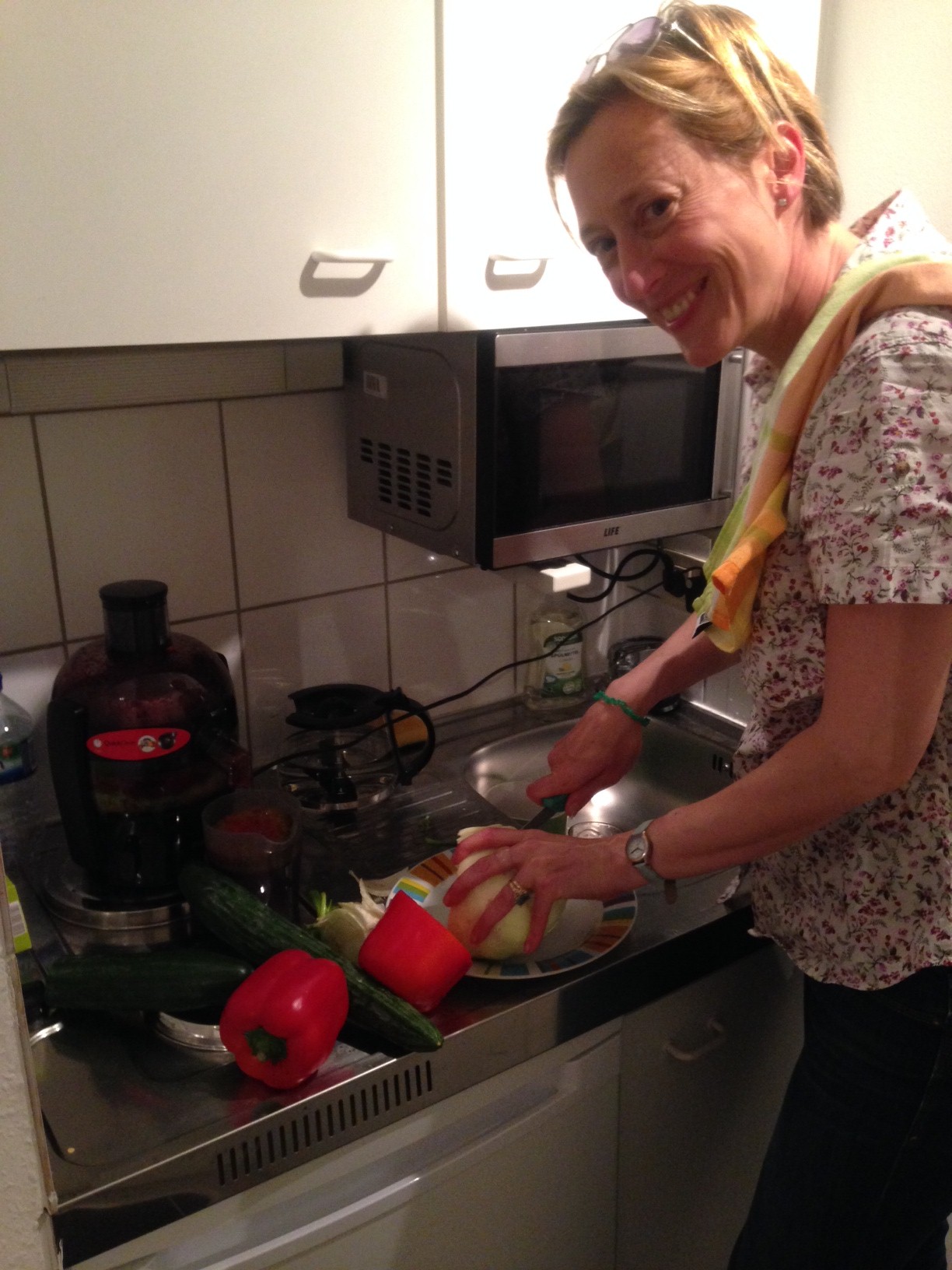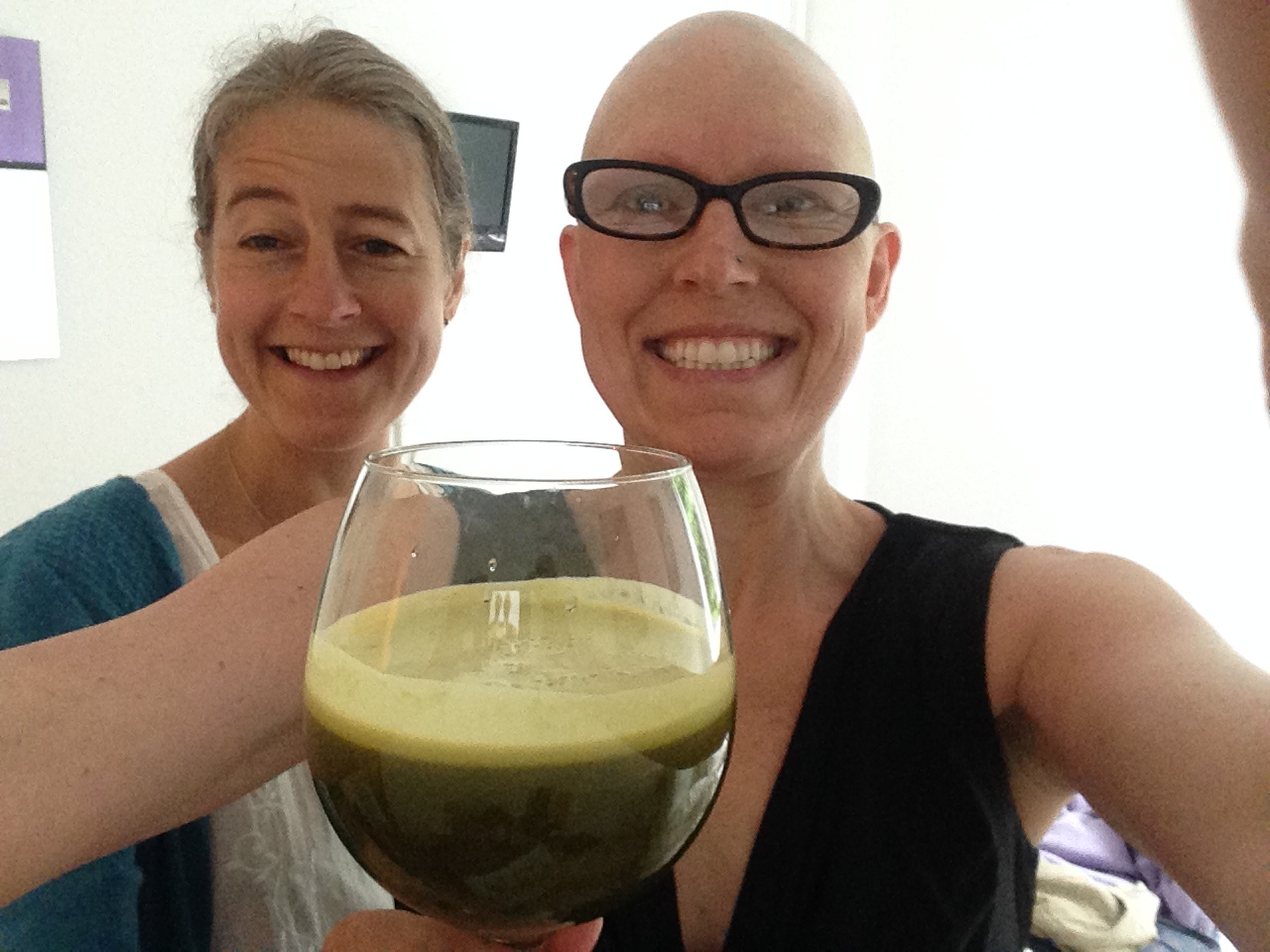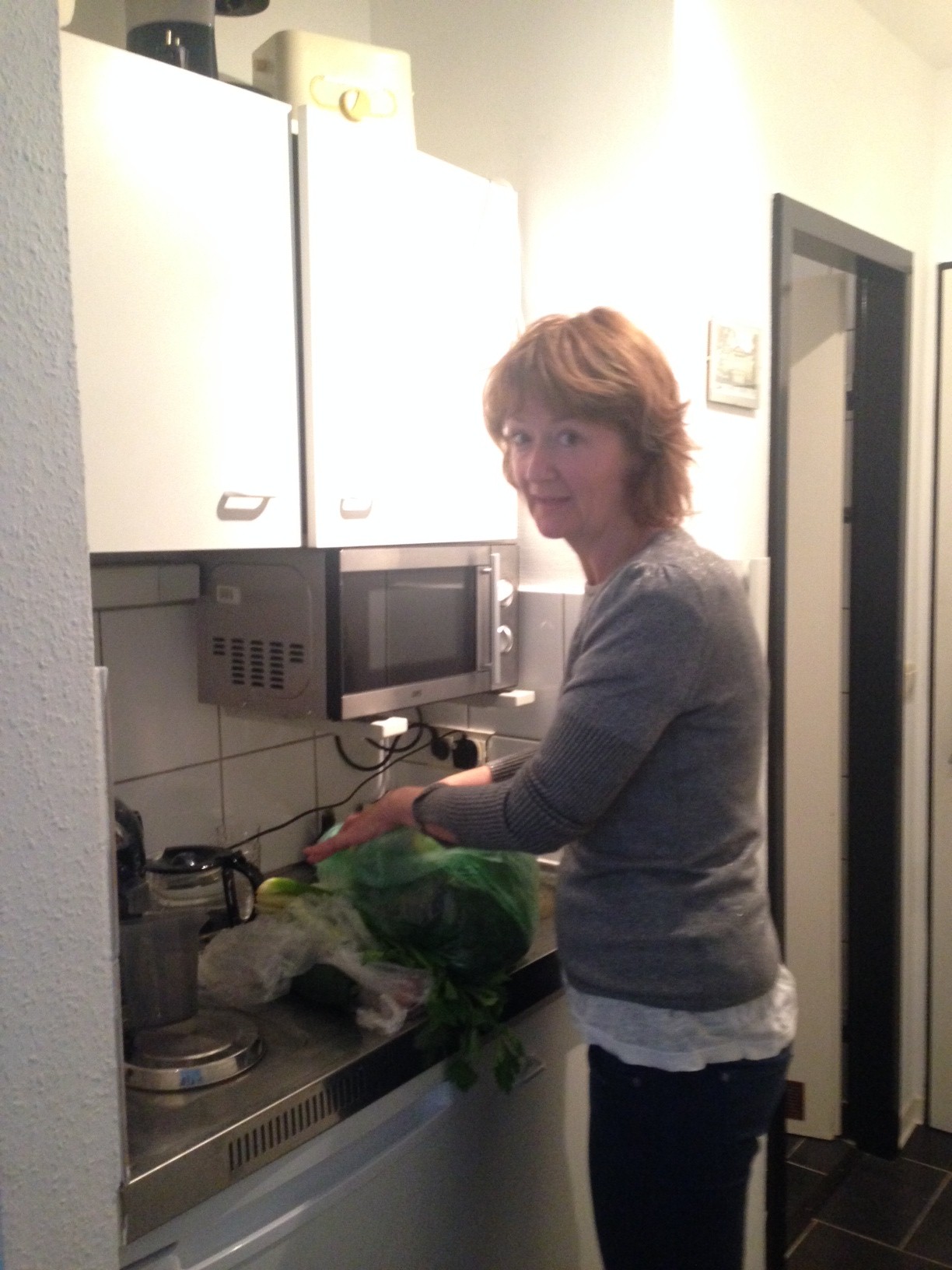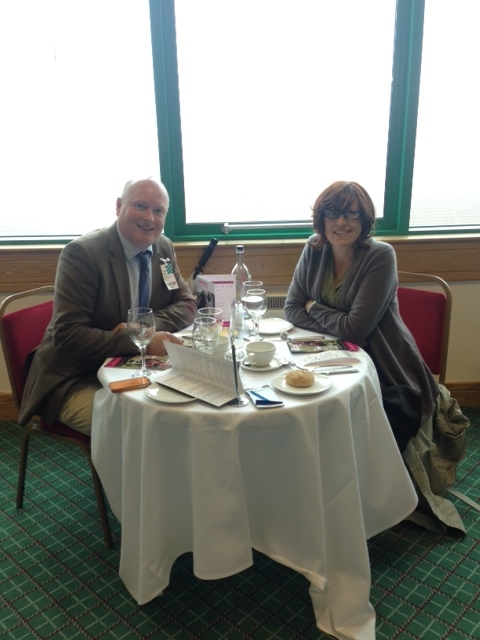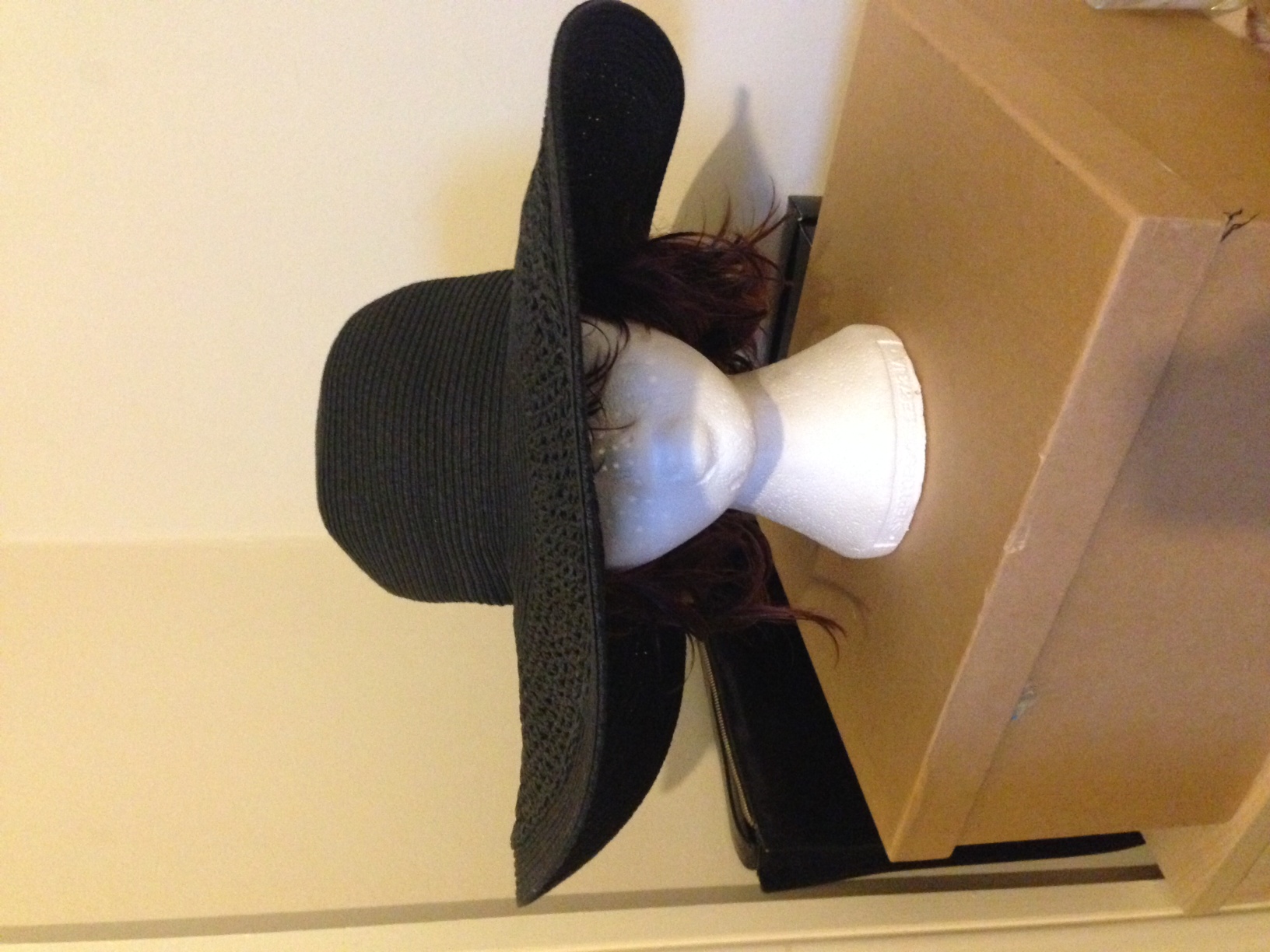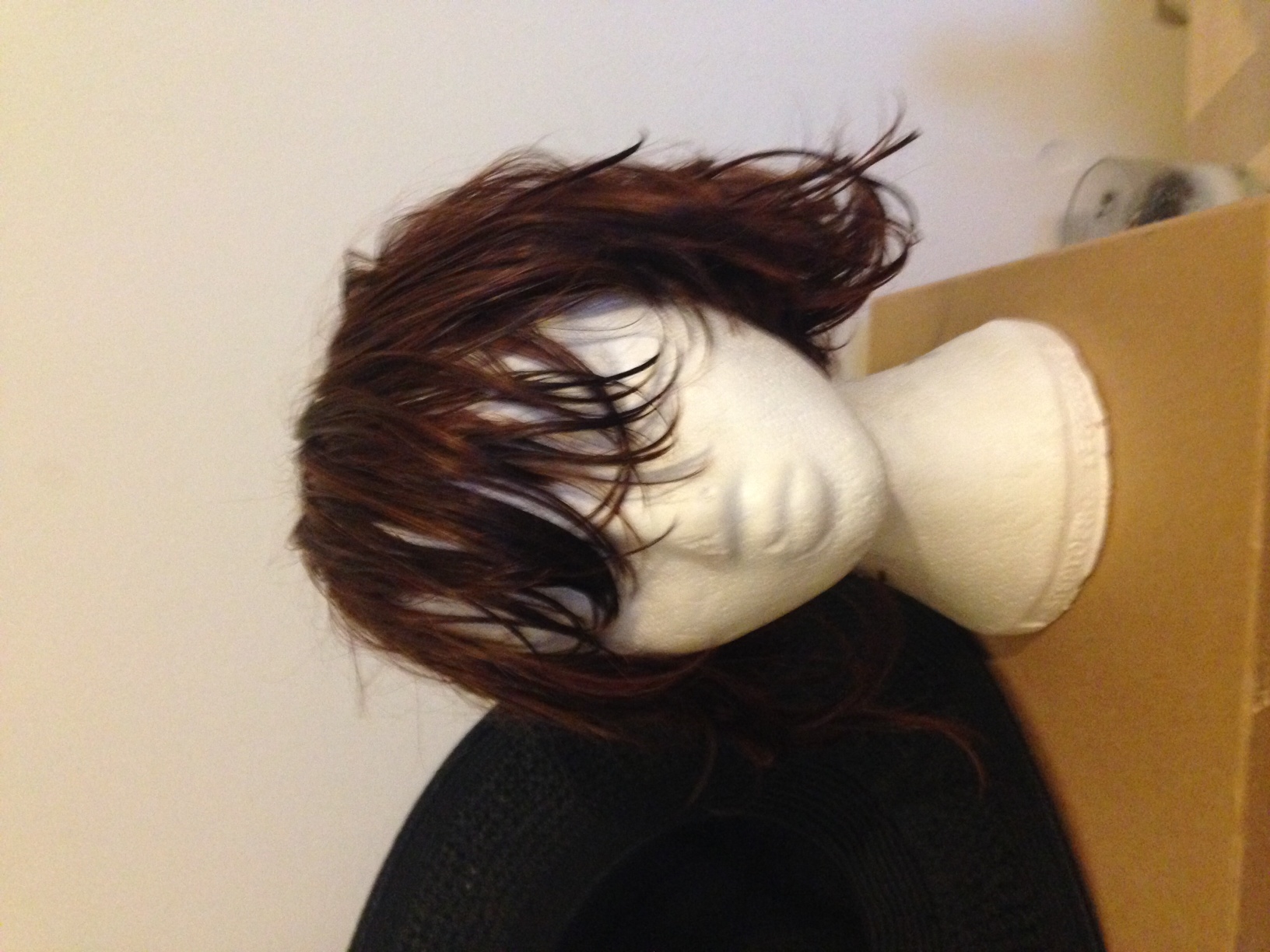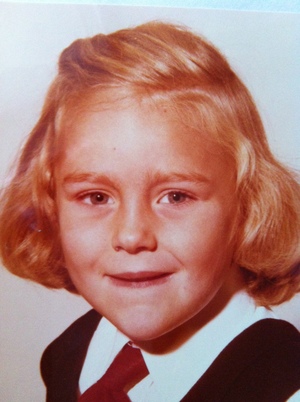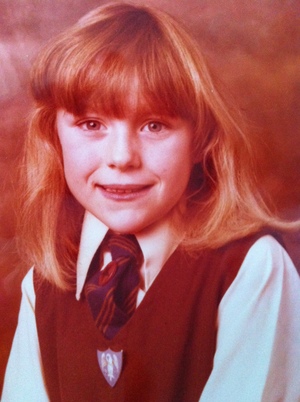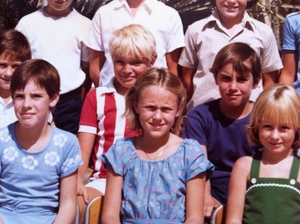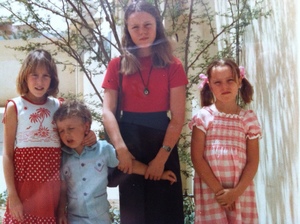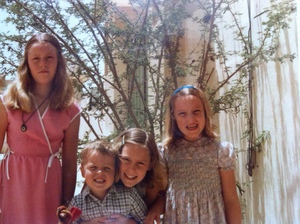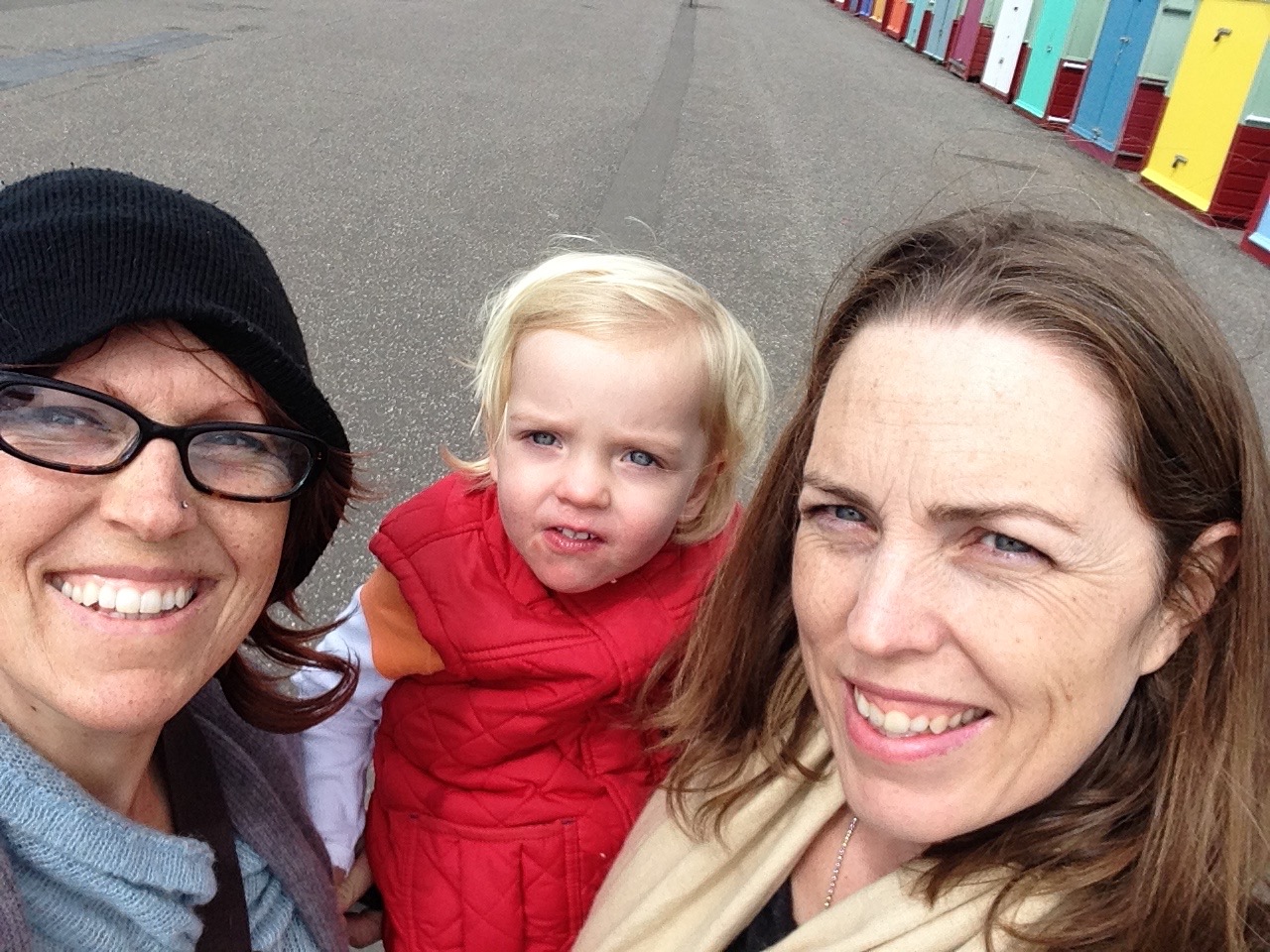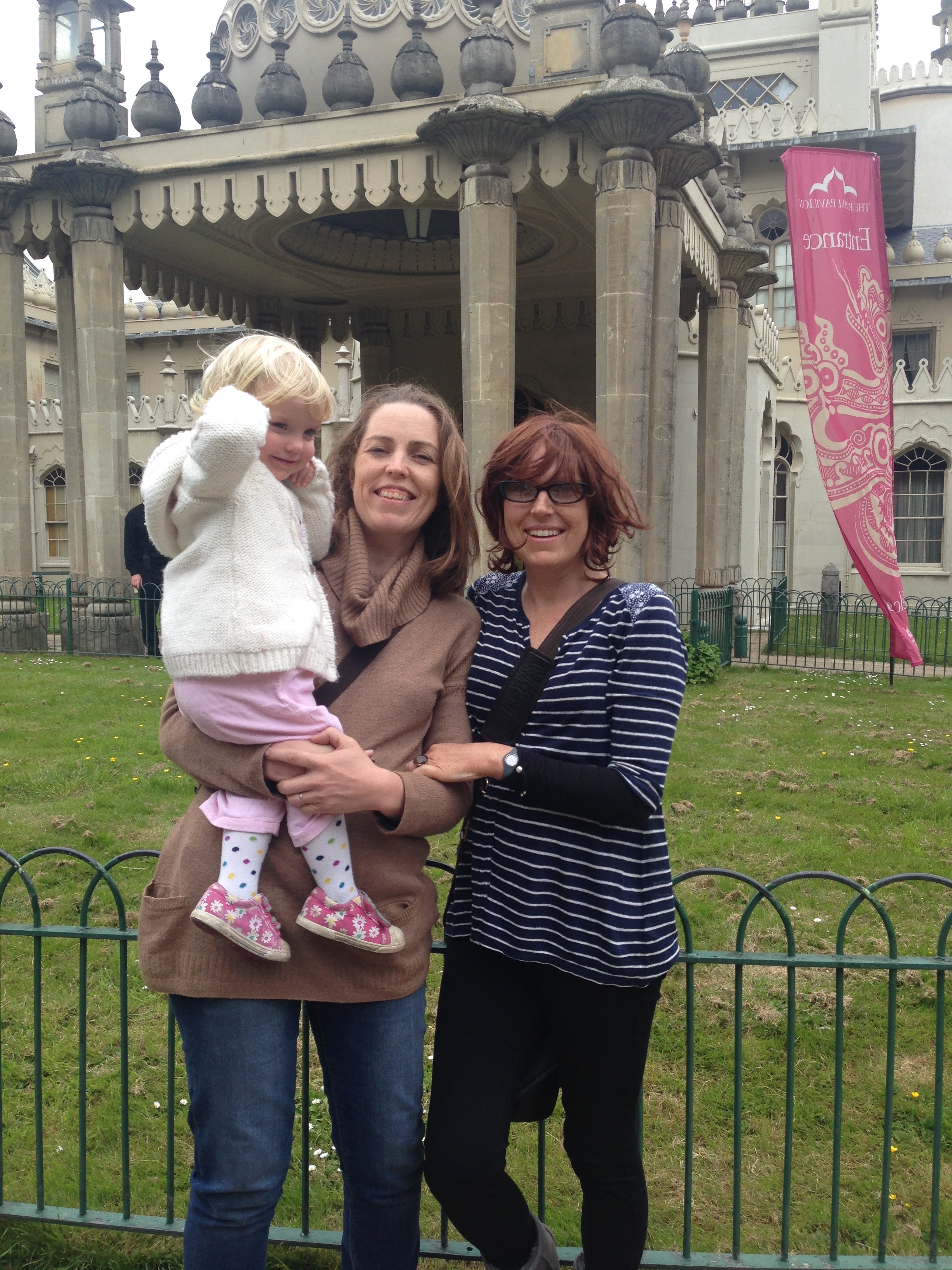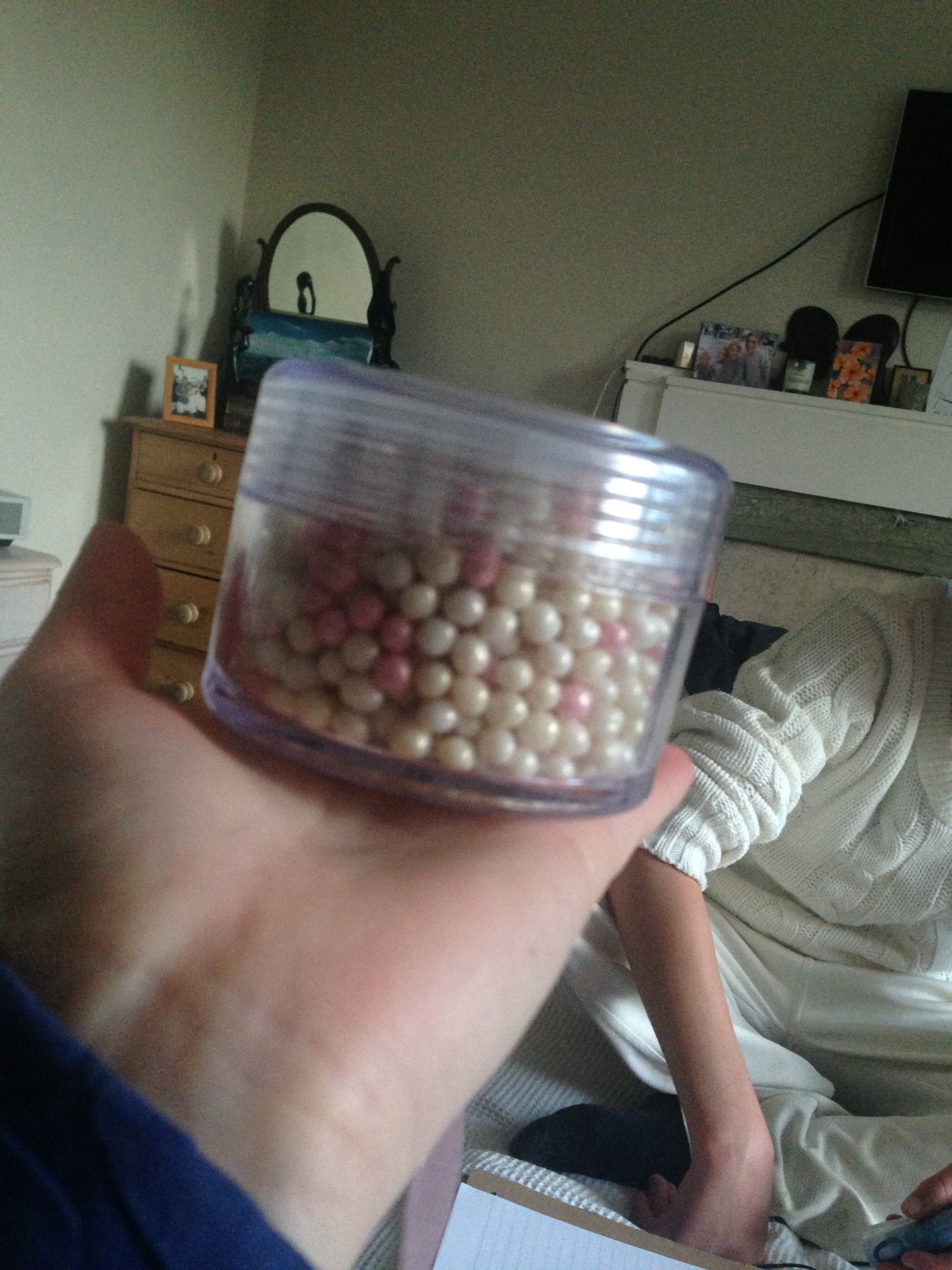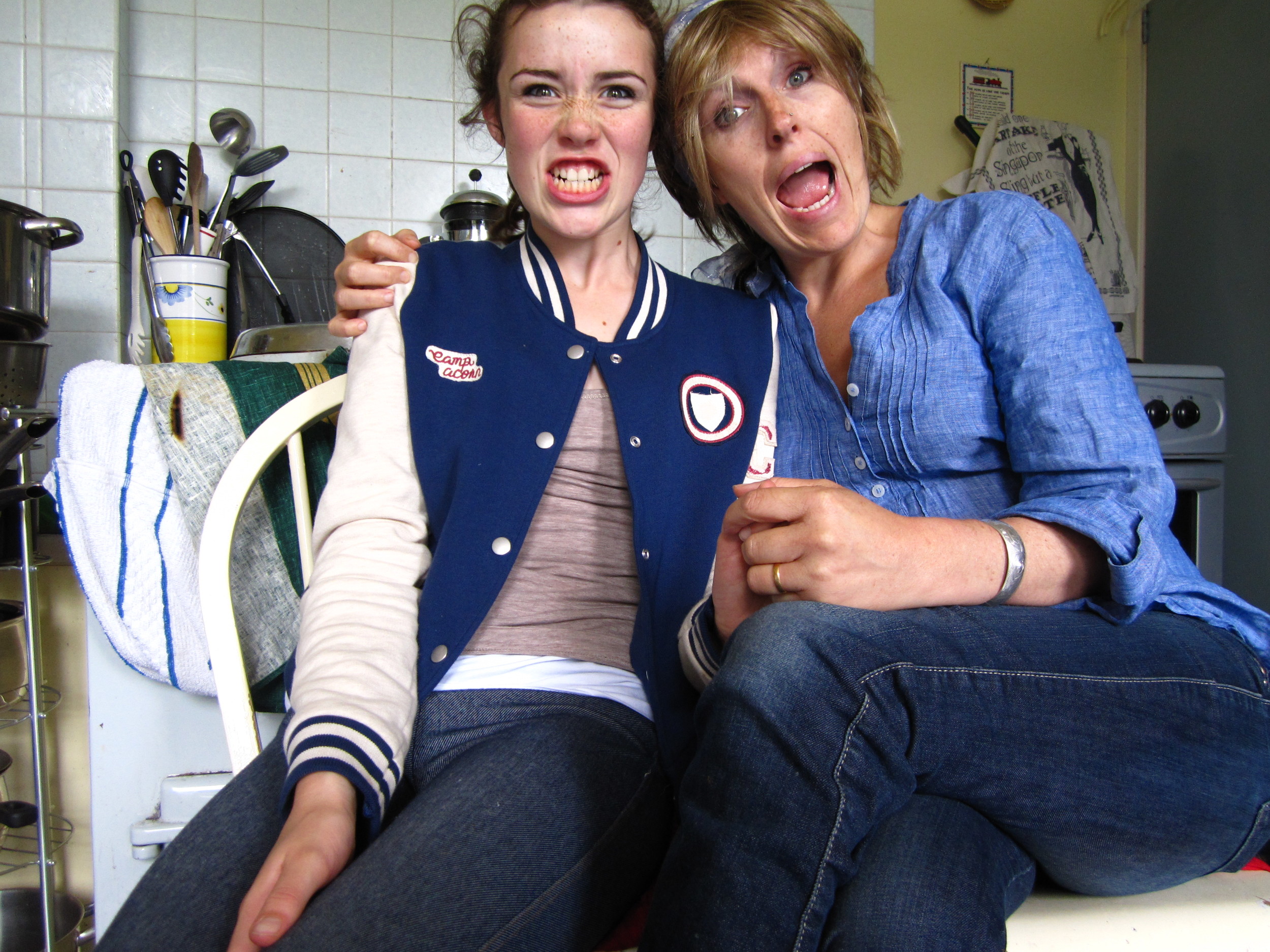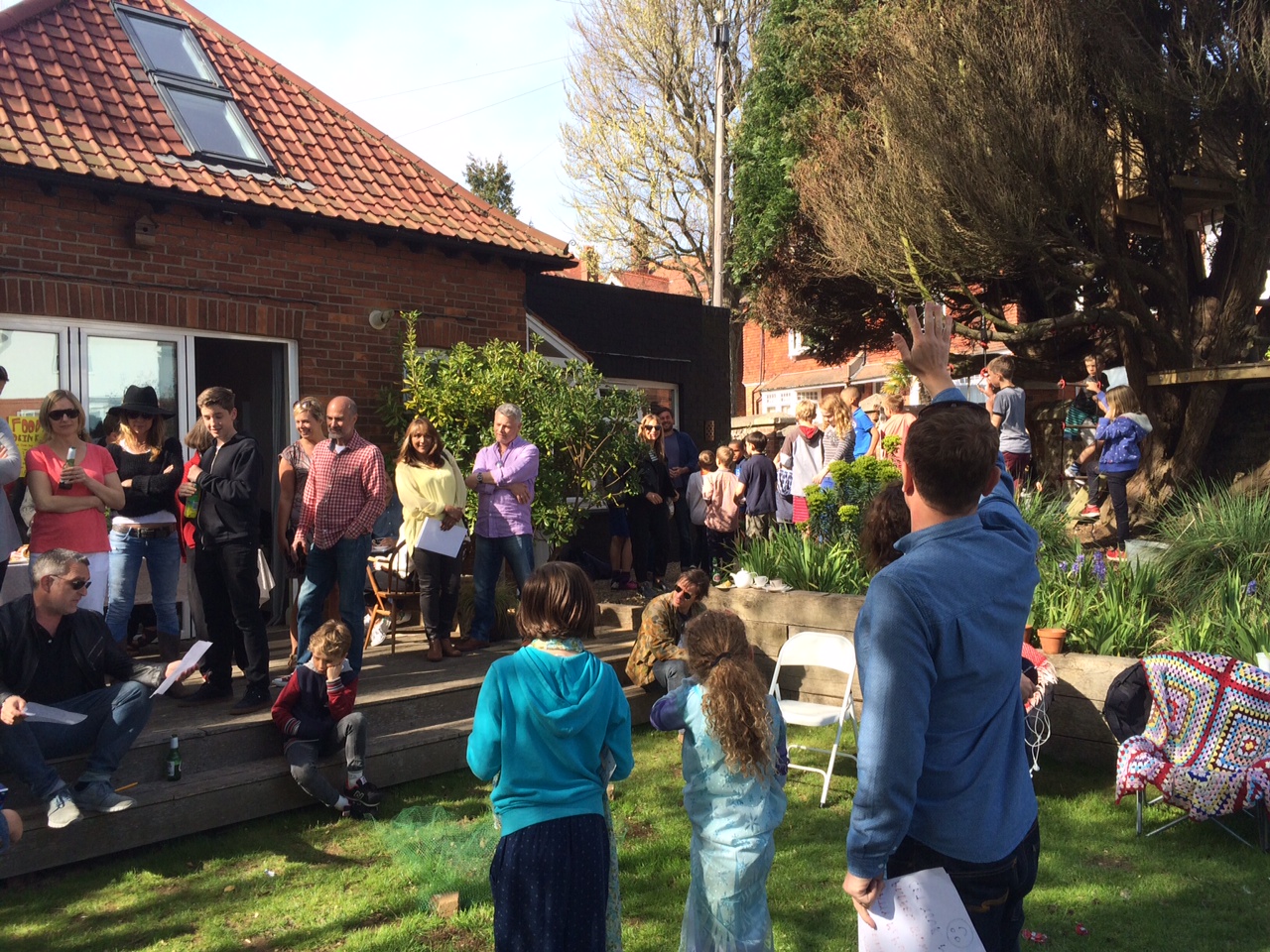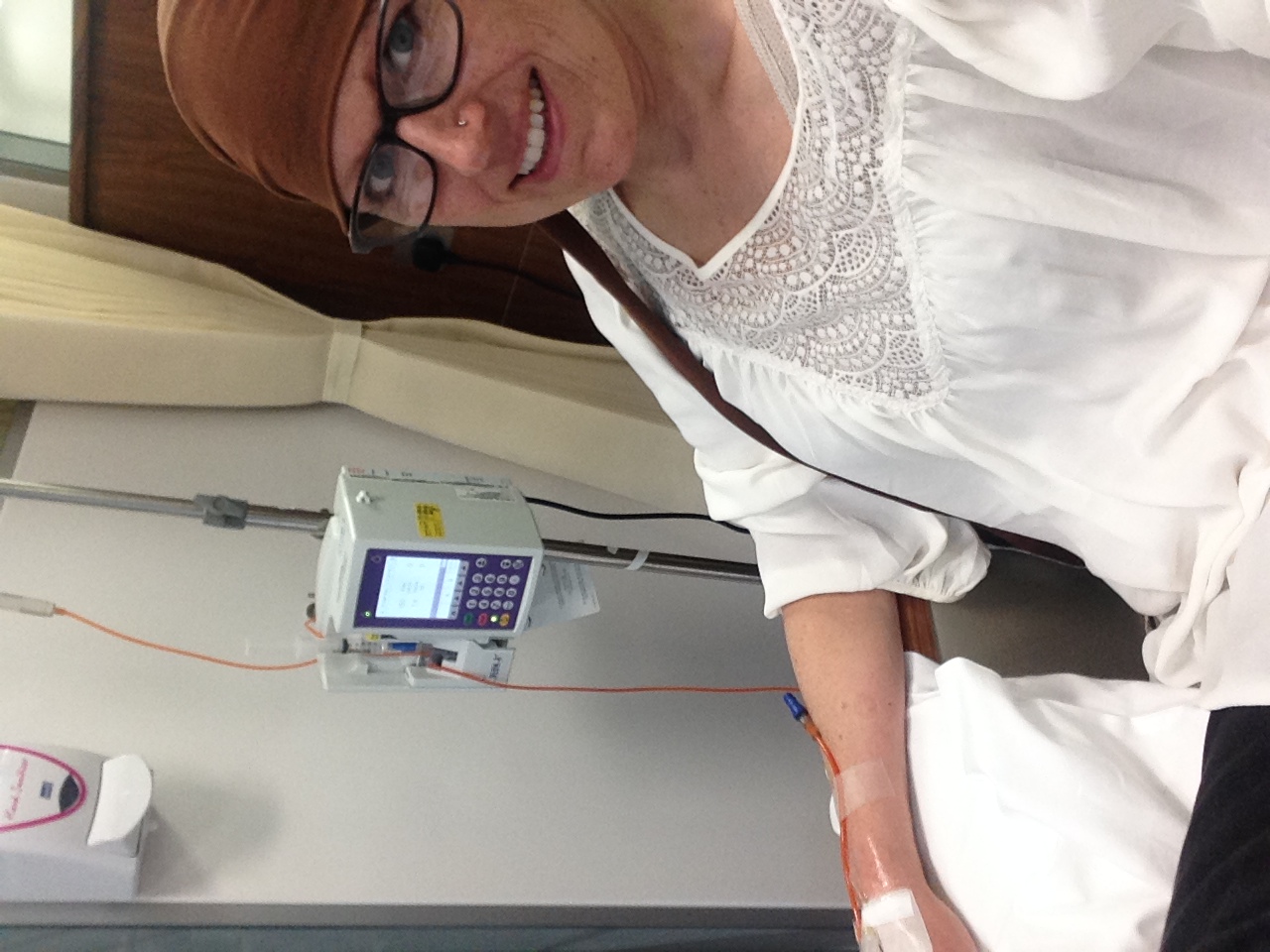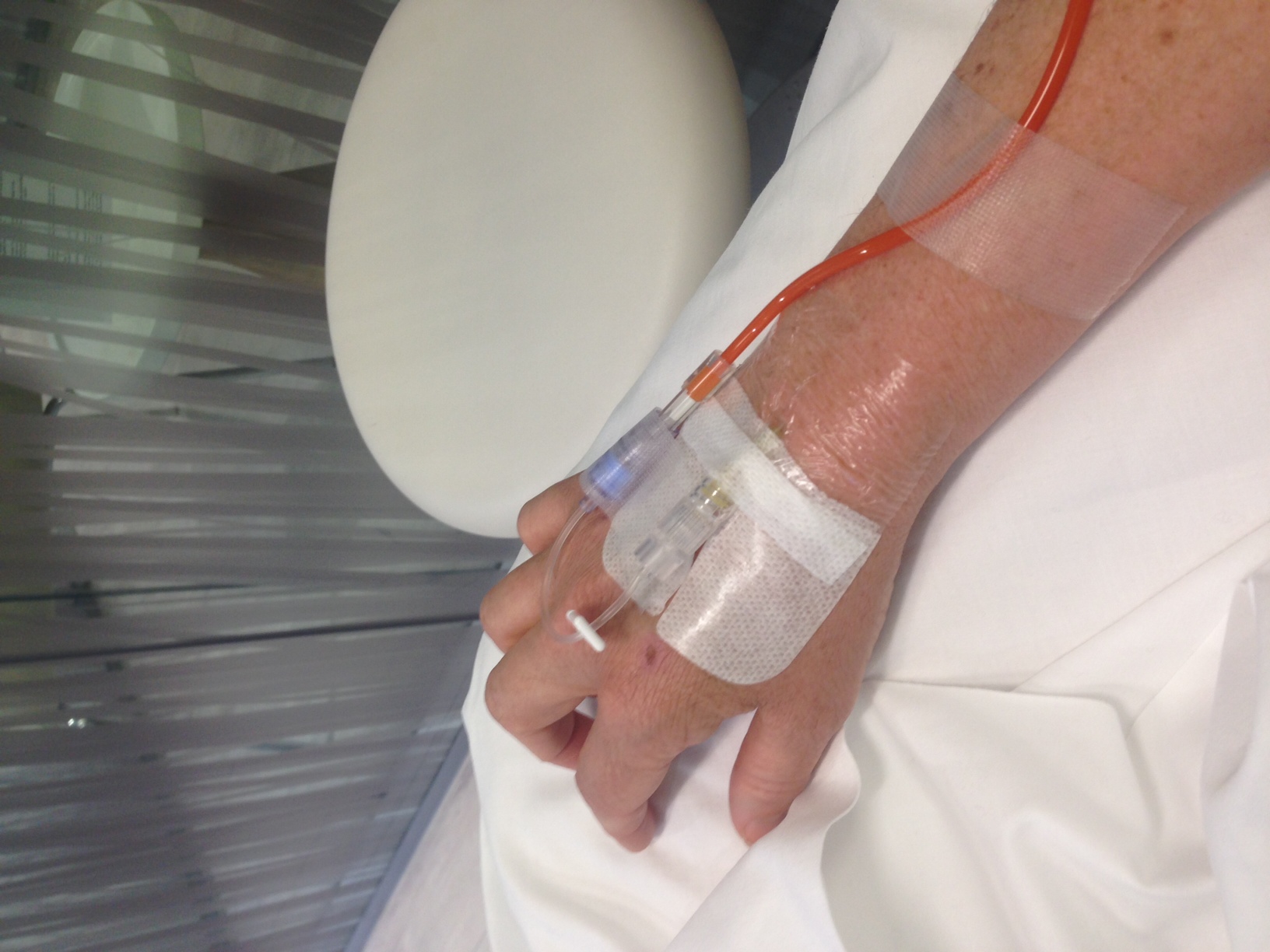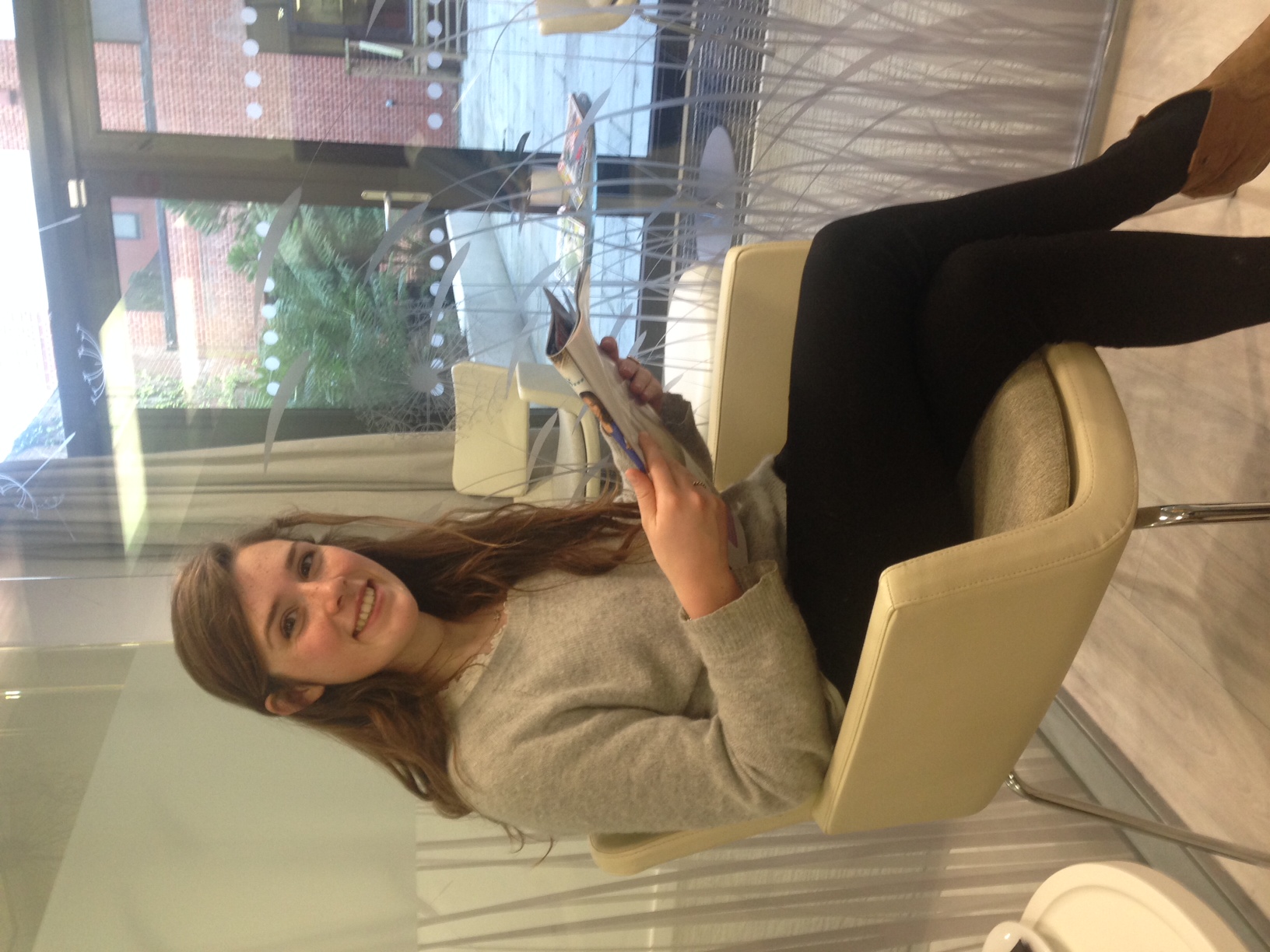PET scans, radiation and old age
/On 23rd June, a Tuesday, I had my first PET scan. In fact it was a PET/CT scan, which I think means they do both at the same time so they can compare and contrast. Each one gives a slightly different perspective and given the cancer in my liver is being a bit mysterious, the plan is to get as good a picture of what is going on as possible so that there is a reliable baseline with which to determine change over time.
It is being mysterious in that from a plain CT scan it looks the same as it did before the chemo started but that over this period my liver bloods have returned to pretty much normal. So what is it doing? It is there but not doing much? I know this is what they call stable, but it is still a strange concept. If cancer is essentially cells dividing out of control, does this means that over the period of my chemo my cancer has sort of gone to sleep? It is just sitting there. The radiologist who interprets the scans sounded pretty certain that it was not scar tissue (ie the remnants of what was cancer), which leaves sleeping cancer?
If it is sleeping, was it the chemo that sent it to sleep or the radical diet change (no diary for starters and many powerful juices and absolutely no meat or sugar - enough to send many things to sleep alone). Have the supplements, yoga and general calm zen like state I attempt to live in sent it to sleep? Now of course I am on hormones and I have had the first batch of the dendritic cell vaccine. So really I do not know what is going on now. I think about it a lot. Can I feel my liver or can’t I? If I can is that a good thing (cell death causing inflammation and general discomfort) or a bad thing (cancer waking up and slowing growing, liver inflaming again)? Dr Martin, from the German Clinic, told me that I may feel some discomfort after the vaccine exactly because when cancer cells die it causes inflammation. So then when my liver is uncomfortable I wonder if it is the right sort of uncomfortable and maybe I have just pulled a muscle or am simply imagining the whole thing.
So the PET/CT scan is going to tell me something, but it was taken only a few days after the vaccine so I am not sure it will say very much about the impact of that yet. It will helpfully provide a good baseline for this also, at the very least. I will find out the results on 7th. I honestly feel well, tired sometimes and not quite as fighting fit as the normal me, but I hope this is simply the effect of the 16 weeks of chemo rather than any cancer related side effect.
I am preparing myself for what it might say. Given that I have only a lay persons understanding of what a PET scan can do - my expectation is that it will essentially have lit up any active cancer and so when compared with the CT scan, which shows mass, it will be able to show how much of the cancer is active vs sleeping. It was a whole body scan so I presume it will also confirm or not whether there are any other cheeky bits of cancer lurking in another part of my body. For the majority of people with advanced breast cancer it comes back first in their bones or lungs, only about 10% get it in their liver first as usually this is somewhere it progresses to. I am not sure if getting it in the liver first and only in the liver is something to be relatively pleased with or totally the opposite. The optimists view would be that I have one difficult front to fight on rather than 2 or 3. The liver just sounds so necessary to living. I have had some very helpful advice from people about all sorts of interesting surgical and other interventions aimed at removing tumors from the liver, unfortunately mine is what is described as ‘dispersed’ which means no big tumor but lots and lots of tiny/little ones. Again the optimist would think that surely this would represent a less formidable opponent. Lots of annoying little tumors, alone and exposed on the battle field. They seem to have been pretty effective at holding their ground to date, but I see this as a longer term war. I imagined lots of gurgling and screeching as I lay there having hyperthermia before the dendritic cell vaccine (despite my intention to love my cancer and treat it as rogue cells, like an out of control teenager). We will see what is really going on soon.
The PET/CT scan involved semi isolation for much of the day due to the radio active material they injected into me to light up the cancer cells. The whole process took just over 2 hours. The first hour, after form filling, involved being injected with the special material, in a room isolated from others. The person who injected me came into the room in a special white coat with the vial protected in a steel casing and then that sat in another special casing. Once injected I was left for an hour for the material to be absorbed around my body. I was not allowed to read or text etc, as apparently as this means using your eye muscles which can confuse the scan pictures of the brain (or something like that). So I lay there for an hour and switched on one of my meditation downloads. These seem to send me to sleep in about 3 seconds flat so I never really do meditation I just snooze. After an hour I was taken to the scan room, another polo shaped machine, like the CT scan machine but longer. I had to lie super still for about 40 minutes as they moved me slowly through the polo shaped tunnel. I think they were taking thousands of cross-sectional pictures so that they can construct a 3D image. It is more difficult to fall asleep during this sort of scan. Just because the CT scan could only see the cancer in the liver, what if this one finds it somewhere else? What if it is in my brain? Maybe that explains my cotton wool memory at the moment?
I do not think about this much, but at that moment it is difficult not to consider this as one of a number of potential results. For the rest of the day I had to stay away from young children and avoid touching anyone. My friend Kathy drove me to the appointment and to protect her from my rays I had to sit in the back of the car on the way home, so she really did look like a taxi driver. Then I could not touch or hug the kids until the end of the day and I had to wee frequently, so that the radioactive material did not stay pooling in my bladder for too long. I am told that despite all these precautions (for everyone else) the scan is no where near as detrimental to my health as chemotherapy ‘for example’. Great.
I am now in France for a weeks break with my husband. My last 3 day mini break was a break for me but not for him as he was working. This is a little holiday just for us. I am not sure we have had a holiday alone together, bar a few weekends here or there, since Ella was 6 months old. It is beautifully hot, the crickets chirp at night and the birds in the day and I am surrrounded by the gentle buzzing of honey bees and flies. I have been massacred by mosquitos, mainly at night when they dive bomb every piece of exposed flesh. I have bites on my hands and fingers, toes and ankles and all over my head, neck face and ears. I bought some very expensive, no nasty chemical, mosquito repellent. This makes me smell of eau de citronella or eucalyptus, I can’t tell which and no matter how much I plaster over me, seems to be no deterrent at all. My hair is coming through and I have a soft sheen across my head. It is still not quite ready for an outing in public but it is getting there. This date, I fear, has been delayed as with all the pock marks and red spots from the mossy bites I look rather like an escaped convict.
I have slept, gardened, watched Harry Potter (love Harry Potter), read, progressed with my knitting (very slowly) and done a good bit of colouring in. Since having the kids these sorts of holidays have simply not happened. Not that I would exchange having the kids of course but holidays since having them are less holiday for parents. This holiday feels rather luxurious as we can do whatever we want, whenever we want. Which has actually meant doing nothing very much.
Rupert and I met when I was just 23 and he was nearly 31. We met, of all the strange places, at the Earls Court Boat Show on 15th January 1994. I was working as a volunteer for a friend who was about to undertake a circumnavigation of the globe, pedal powered. Rupert was a friend of his girlfriend and he had come to show support. Rupert’s brother, who designed Ridgeback Bikes, had donated the bicycles (for the land) and the gear for the pedal powered boat for the ocean sections of the route. I had spent the day showing people around the specially made boat, and I encouraged people to sponsor the team and in return they could get their name painted onto the hull of the boat. As it worked out Rupert and my names were added to the hull, and painted right next to each other.
We were engaged only a few weeks later. I had won a scholarship to go to Harvard and so we set the date for our wedding the September I got back. We were married almost 20 years ago, on 2nd September 1995 and Ella came along rather unexpectedly soon after that, a respectable 10 months (July 1996). All in all Rupert and I had a bit of a whirlwind romance, we lived apart for the year before we married as I was in Boston and he was in London and then Ella came along shortly followed by Tom, William and then Ned. Ella was 6 when Ned was born and those early years were definitely pretty hairy and sleep deprived even if they were filled with love and joy. It took me a while to accept that a holiday would never feel quite like a holiday again, until more recently as the kids have got older and themselves enjoy a lie in. They can help clear the table, make their beds, run around the supermarket in search of items of shopping, and generally feed and amuse themselves allowing us time to attempt to read a book or have a snooze under a tree.
This little holiday has the memory of time before children. The children are well looked after in Brighton, with friends helping out and Ella home from her trip to Thailand - the tail end of what would have been her long gap year adventure had she not come home to look after me. The big elephant in the room, of course, is that it feels both normal, as if I have returned to some time in my life that was long gone, but not normal at all.
My strategy is to not think far beyond the now, but little thoughts creep in. How many times might I do this again? We have loved it so much we discuss repeating it this time next year. I know that always marching forward, and having concrete goals is good to aim for but trying to live life only in the now and not plan for the future is so alien to me. Think of the number of times a day in normal life you might say ‘One day we should think about doing x y or z’; ‘next year it would be good to…’.
Most of me fiercely believes that I can both heal myself supported by the right treatments and manage the cancer for a very long time. But then I wonder if perhaps I am deluded. Feeling so well, with no pain or obvious signs of cancer, feeling the sun on my face, listening to the birds, it is just surreal to think that it might end. I have always had an image of me as an old lady. I simply can’t believe that I won’t be an old lady. In my old version of my future I would outlive Rupert, who is already nearly 8 years older than me and a man, so technically I had expected a good few years as a widow. I would be living with or near my best friend, and we would meet daily to eat scones and cream and drink cups of tea.
We would bicker frequently and out do each other with stories of the prowess of our various children and grandchildren. I would follow a few mindless soap operas and read lots of books and I would most definitely knit. Of course by then I would be an expert knitter and my grandchildren would be festooned by many remarkable items knitted by Granny until they became old enough to reject them. I would meet my sisters for lunch frequently and possibly stay with them occasionally but our sibling antics would continue. I would go on long weekends to stay with my other best friends around the country and further afield (Spain and New Zealand). I would teach my grandchildren tactics for life, including how to play a good board game. My father once described our household (that is mine as a child) as one which was often difficult to manage as it was filled with so many Generals. All of us powerful characters and fiercely competitive. Even now in my own household the children know that if we sit down to play a family game, the intention is to win..... But crying if you lose is absolutely forbidden. And then, as I learnt from my own father, one day the children suddenly become more adept and able than the parent and the tables are reversed and it is they who finally get a chance to whip us parents at last.
Who knows, maybe I will manage this beast, maybe dendritic cell will result in a complete response, maybe I will move from treatment to treatment eking out every month and year possible, maybe there will be a magnificent break through. Thinking back 10 years, our knowledge of cancer has taken leaps forward, the treatments are slow in coming, but with a bit of pressure and focus might this change? You may have read the many reports that came out of the recent annual conference where scientists report their findings on potential cancer treatments. The big take away message was that immunotherapy offered a paradigm shift in how we manage cancer. Dendritic cell therapy is an immunotherapy, based on the potential of harnessing the power of your own immune system to fight cancer. The findings reported were mainly for melanoma - but the principle remains for cancers generally. Let’s see how long this takes to trickle through to treatments for the wider population and other cancers. Imagine that - were it to be proved that all along the answer was partly already within us, it just needs a little help but relies on a strong immune system - consider how this contrasts with the decades of treatment that has and still does rely on a treatment that actively destroys your immune system.



